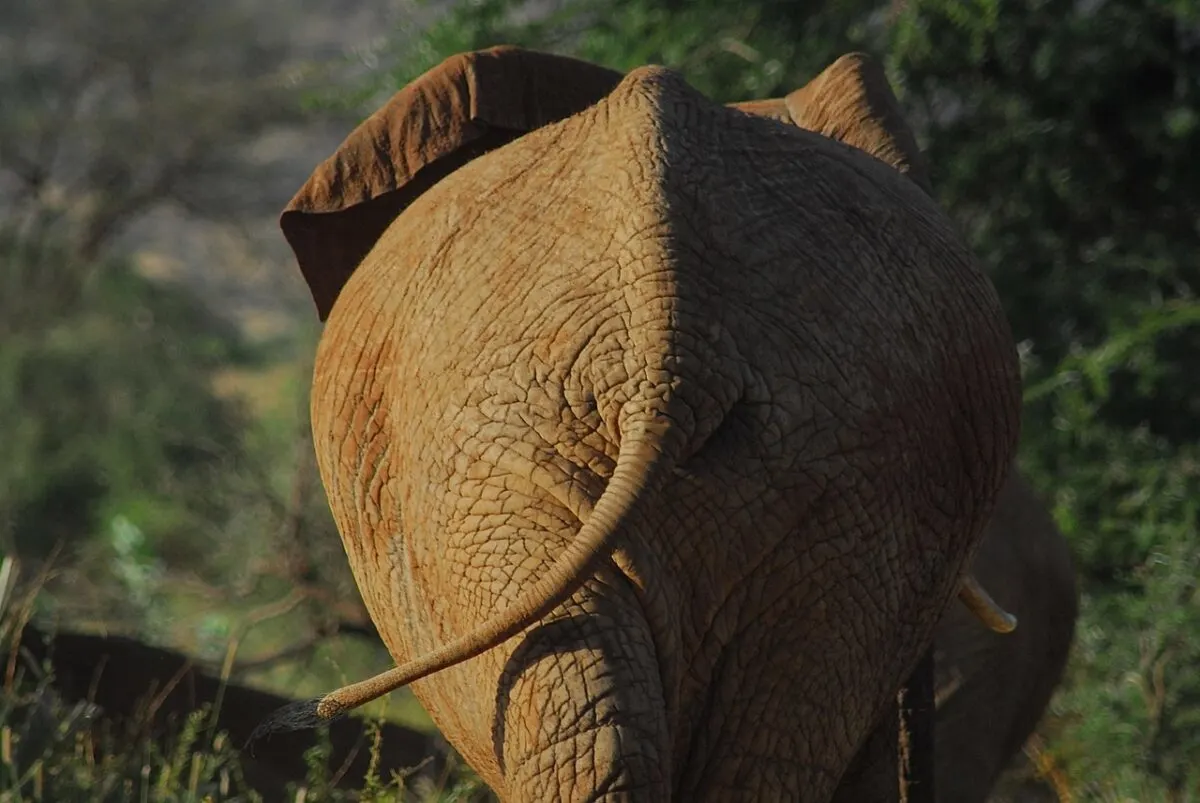As we marvel at the awe-inspiring strength and intelligence of the African elephant, it’s hard not to feel humbled in its presence. These gentle giants are not only the largest land animals on Earth, but they possess an exceptional combination of power and grace. This makes them one of the most remarkable creatures to walk the planet.
With trunks that can lift up to 600 pounds and a highly developed social structure that resembles human society, the African elephant is truly a wonder of the animal kingdom. In this article, we’ll take a closer look at these magnificent beasts’ fascinating world. As well as explore why they continue to command our admiration and respect.
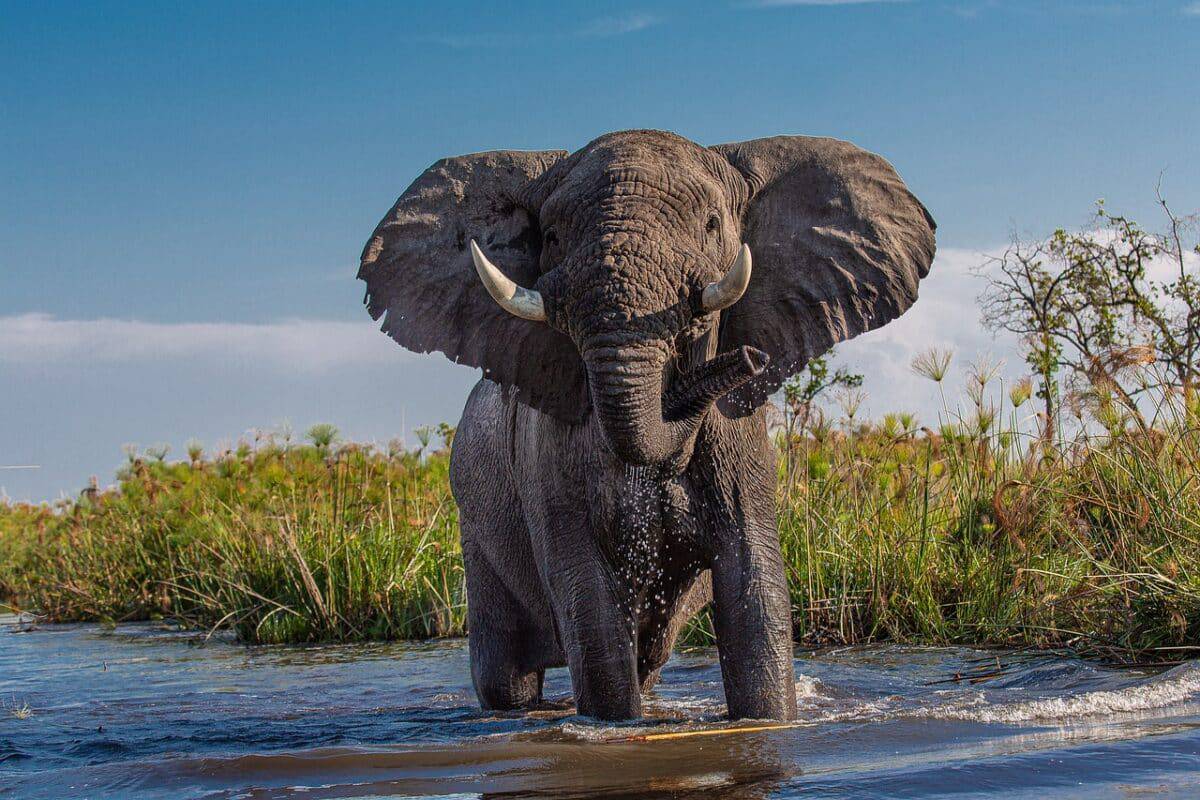
Jump ahead to any section below!
Size And Weight
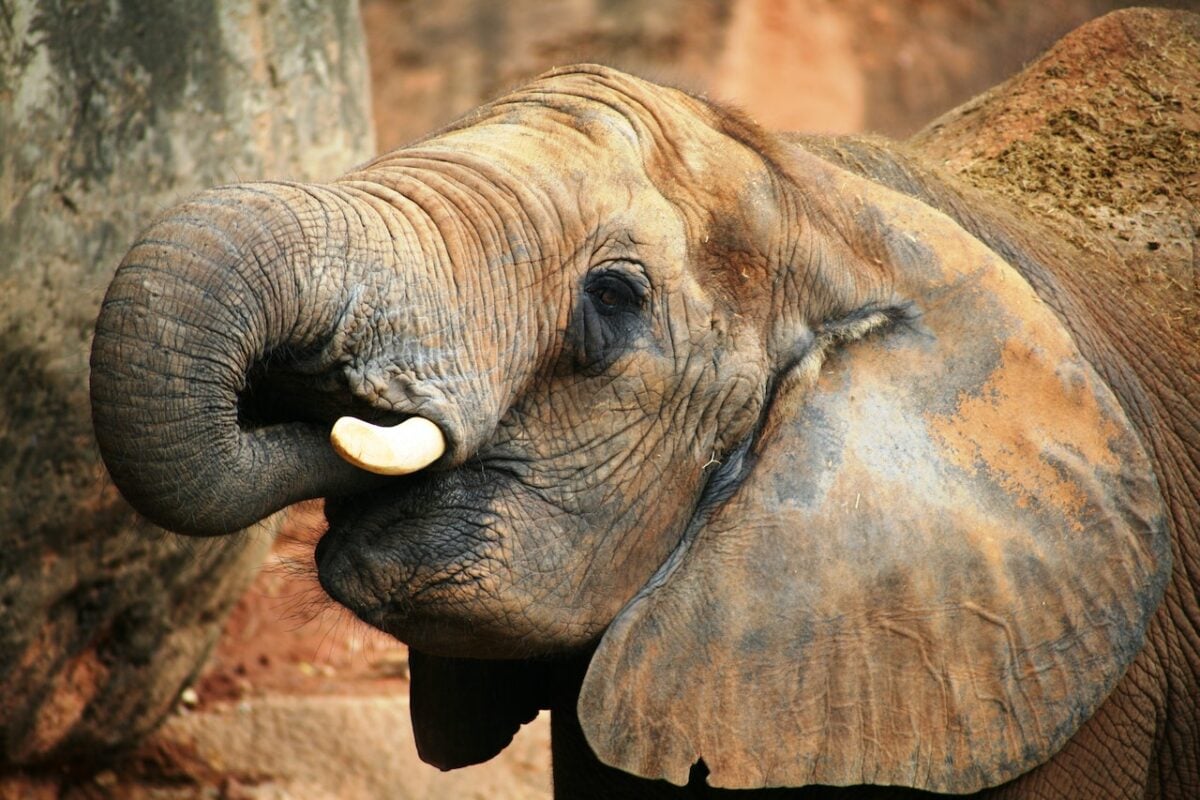
The African elephant is the largest land animal in the world, with an average height of 10-13 feet and a weight of 5-14 tons. Male elephants are typically larger than females, with some weighing as much as 16,000 pounds. Despite their immense size, African elephants are surprisingly agile and can reach running speeds of up to 25 miles per hour.
- Trunks And Tusks
The elephant’s trunk is one of its most remarkable features, and it serves a multitude of purposes. Their trunks can reach up to 7 feet long and are used for everything from breathing and smelling to grabbing and lifting heavy objects. An elephant’s trunk can lift over 600 pounds in weight, making it a powerful tool for survival in the wild.
Another important feature of the African elephant is its tusks, which are elongated incisor teeth. These tusks can grow up to 10 feet long and are used for defense and offense. Unfortunately, their ivory tusks have led to humans poaching them at an alarming rate, significantly reducing elephant populations in Africa.
- Skin And Ears
The skin of the African elephant is an astonishing 2.5 cm thick, making it incredibly tough and resilient. It also acts as an important body temperature regulator, helping keep elephants cool in the hot African sun. The elephant’s ears are also important for regulating body temperature, as their large size helps to dissipate heat. Additionally, elephants can communicate through their ears by flapping them to signal to other elephants or intimidate predators.
Check out: Horned Viper Snake Bite.
Social Structure: Family Groups And Hierarchy
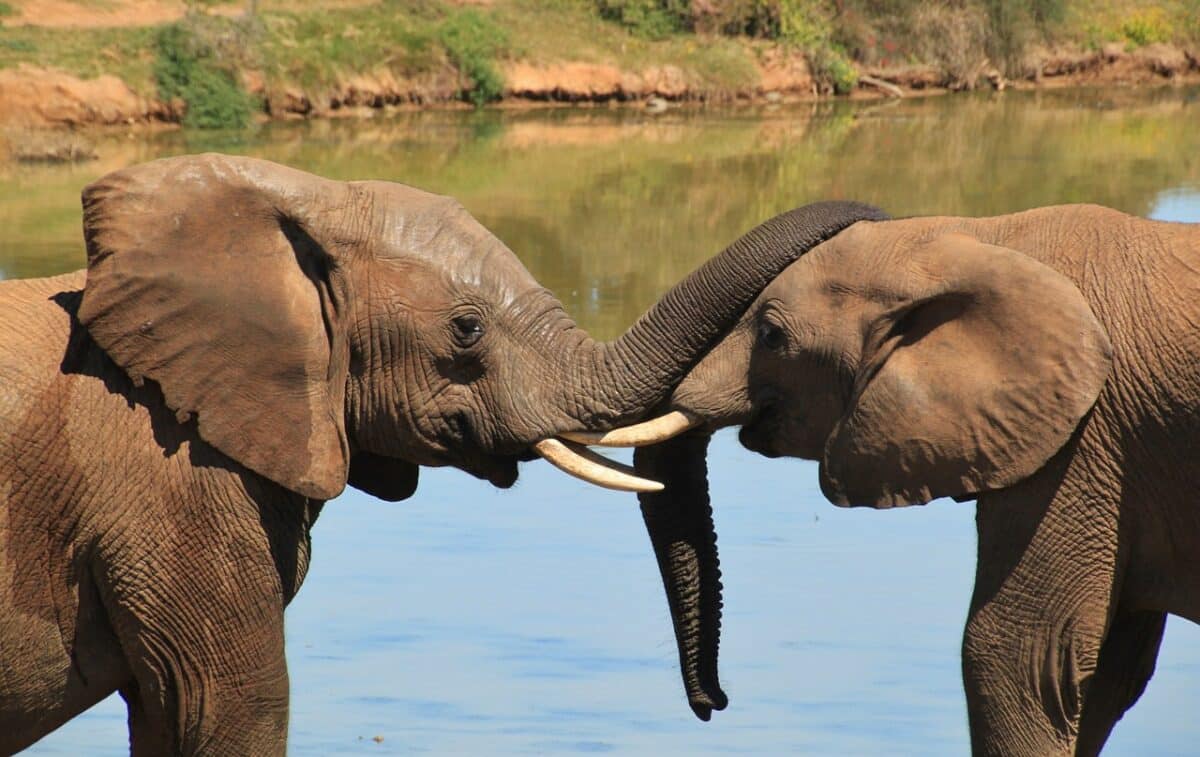
African elephants are renowned for their highly developed family structure, similar to human societies. A family group, a herd, consists of female elephants and their offspring. The eldest female, known as the matriarch, is the herd leader and is responsible for guiding and protecting the group.
The family structure is critical to the well-being of African elephants, as they rely on their family members for protection, socialization, and learning. The matriarch plays a crucial role in teaching younger elephants about social norms, foraging techniques, and other essential skills necessary for survival.
Check out: The Most Ferocious Freshwater Predator: The Piranha.
Communication And Language
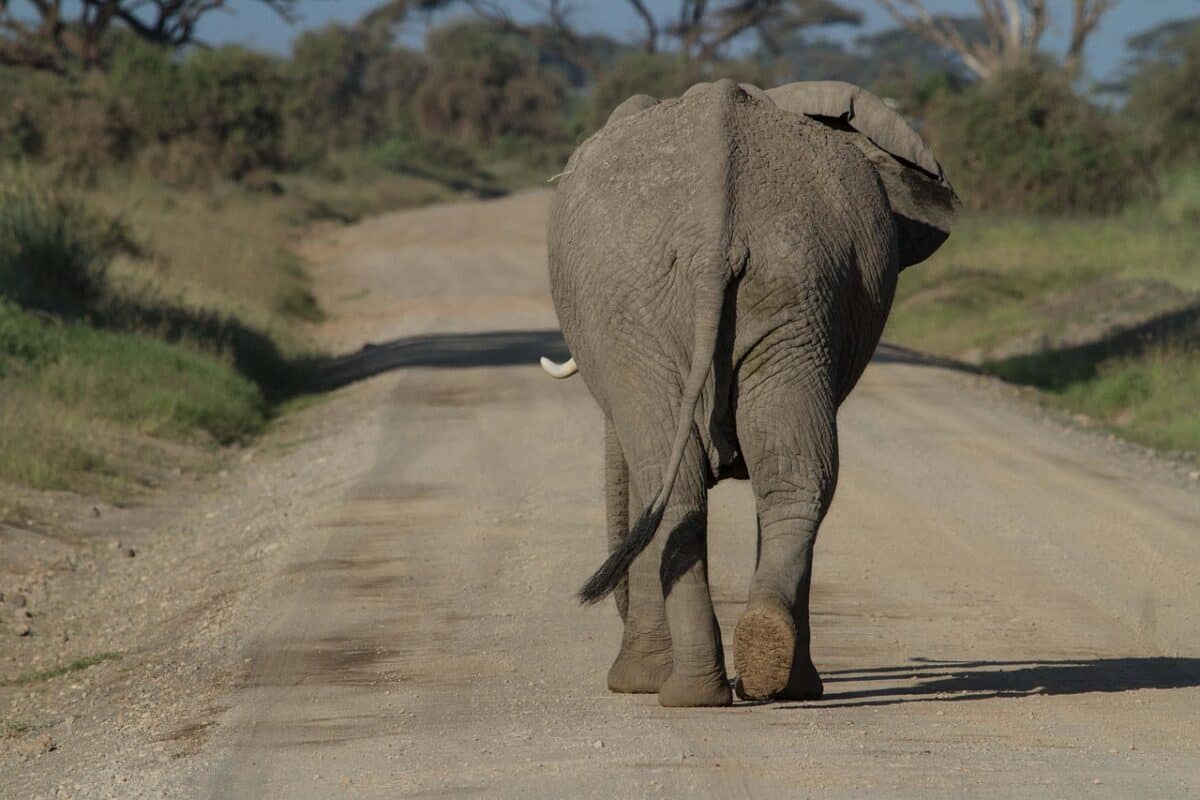
African elephants are known for their impressive communication skills, which involve a range of vocalizations, tactile cues, and visual displays. They use low-frequency rumbles to communicate with other elephants over long distances, and these sounds can travel up to six miles in the right conditions.
Elephants also use infrasonic rumbles to communicate with each other, which are below the range of human hearing. This communication is critical for long-distance communication, enabling elephants to locate their herd members even when out of sight.
Check out the Mystery of elephant infrasound.
Emotional Intelligence And Empathy
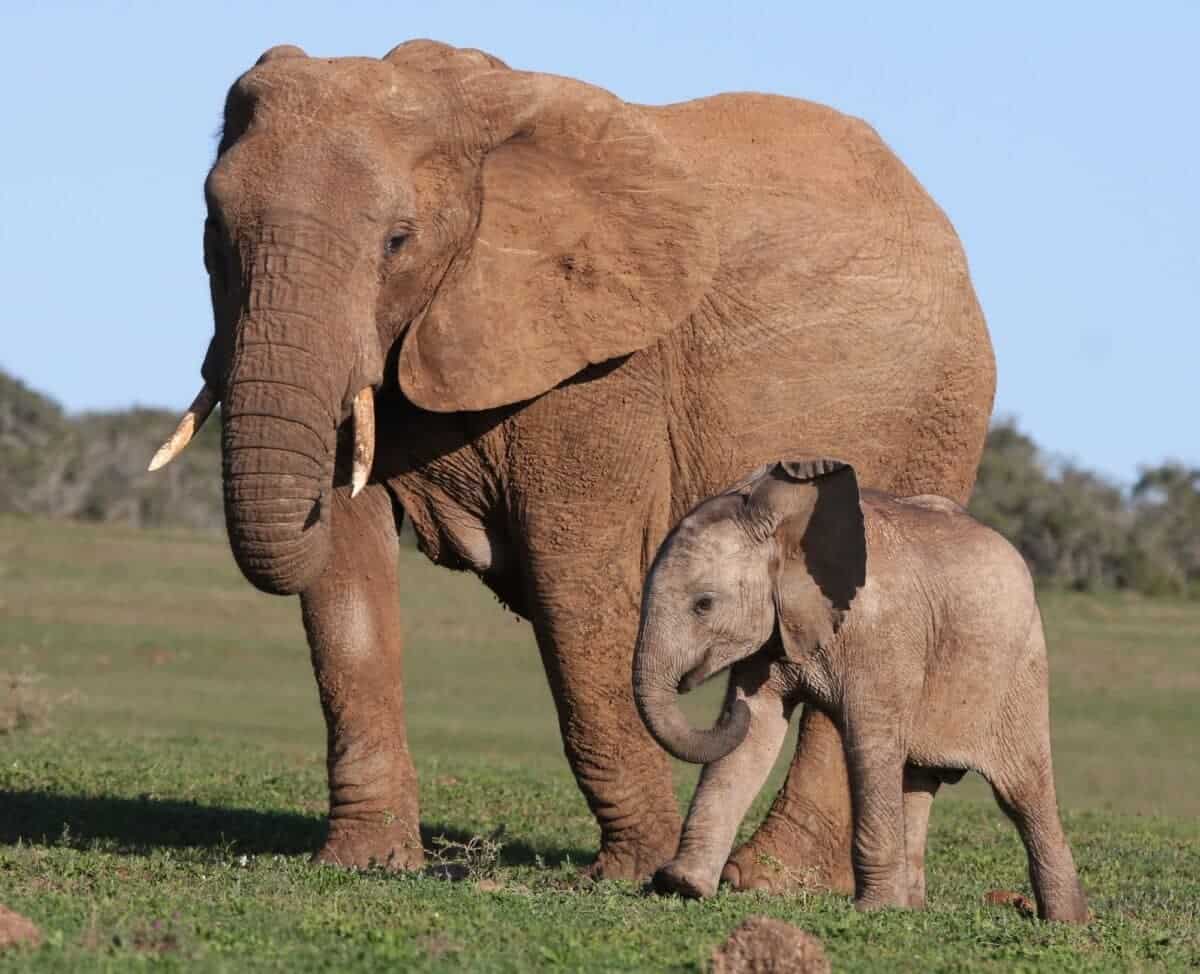
African elephants are some of the planet’s most intelligent and emotionally complex animals. They have a well-developed sense of self-awareness and can recognize themselves in mirrors, which is a rare ability in the animal kingdom.
Recent studies have shown that elephants also display a capacity for empathy and kindness. They have been observed comforting other elephants when distressed and have even been known to mourn the loss of herd members, exhibiting behaviors such as touching or standing watch over the body.
Check out: Largest Australian Shepherd.
Threats and Conservation: Poaching And Ivory Trade
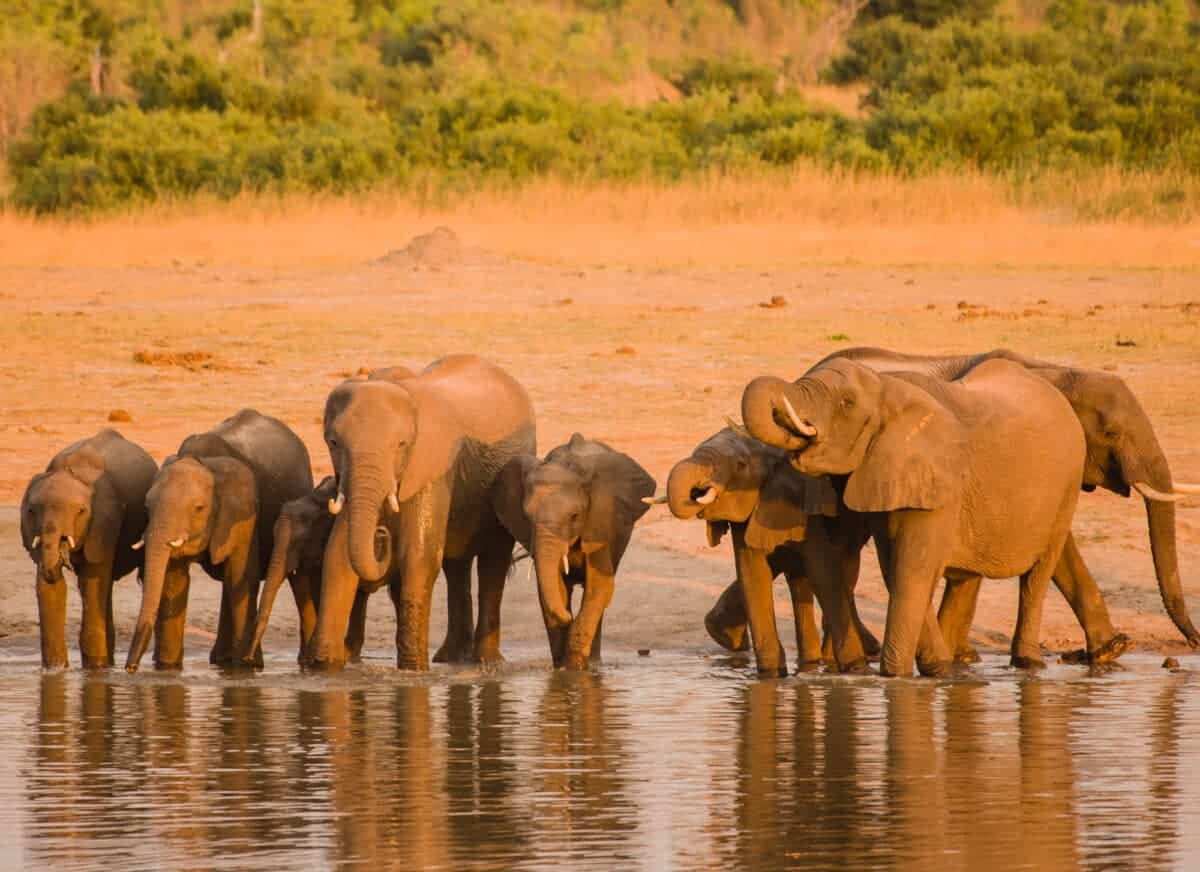
One of the biggest threats to the African elephant population is poaching for ivory tusks. Despite international bans on the trade of ivory, illegal poaching continues to be a major problem, especially in countries like Tanzania, Kenya, and Uganda. Poachers often use guns and other weapons to take down elephants, causing immense pain and suffering. The ivory tusks are then sold on black markets where they can fetch high prices, making it a lucrative business for poachers.
This illegal trade is having a devastating impact on elephant populations. According to the African Wildlife Foundation, around 35,000 elephants are estimated to be killed by poachers every year. This is a staggering number that threatens these magnificent creatures’ survival.
Human-Elephant Conflict
Another major threat to the African elephant population is human-elephant conflict. As human populations grow, more and more land is being cleared for agriculture and settlement, which is bringing elephants and people into closer contact. This can lead to conflicts when elephants damage crops or attack people. In some areas, elephants have even been known to raid villages and cause significant damage.
This conflict is a serious issue, and it is important that solutions are found to protect both elephants and people. One approach is to create corridors and protected areas that allow elephants to move freely without coming into conflict with humans. Additionally, education campaigns can teach people about coexisting with elephants and reducing the risk of conflict.
Conservation Efforts And Successes
Despite these threats, some significant successes have been in conserving African elephants. One of the most notable is the ban on the ivory trade, which has helped to reduce the demand for ivory and make poaching less profitable.
Conservation efforts such as anti-poaching patrols and habitat protection have also been successful in some areas. These efforts have helped to increase elephant populations in some regions, such as the Okavango Delta in Botswana where the population has tripled in the last 30 years.
There are also a number of international organizations working to protect African elephants, including the African Wildlife Foundation, Save the Elephants, and the Elephant Crisis Fund. These groups are focused on raising awareness about the threats to elephant populations, funding conservation efforts, and working with local communities to find solutions that benefit both people and elephants.
FAQs
What makes the African Elephant the world’s most powerful mammal?
The African Elephant is the most powerful mammal due to its sheer size, incredible strength, and impressive intelligence. Known to weigh up to 6 tons, the African Elephant can easily walk up to 40 miles a day and knock down trees with its powerful tusks.
How do African Elephants communicate with each other?
African Elephants communicate with each other using a wide range of vocalizations, ranging from deep grumbles to high-pitched trumpeting. They can also communicate with infrasonic rumblings, which can travel long distances across the African savannah.
How can we protect the African Elephant population?
To protect the African Elephant population, it’s important to address both habitat destruction and poaching. Conservation efforts should focus on protecting their natural habitats, strengthening anti-poaching laws, and educating local communities on the importance of conservation efforts.
Key Points
| The African elephant is the largest land animal in the world, with an average height of 10-13 feet and a weight of 5-14 tons. |
| The elephant’s ears are important for regulating body temperature, as their large size helps to dissipate heat. |
| Elephants also use infrasonic rumbles to communicate with each other, which are below the range of human hearing. |
| One of the biggest threats to the African elephant population is poaching for ivory tusks. |
| There are also a number of international organizations working to protect African elephants, including the African Wildlife Foundation, Save the Elephants, and the Elephant Crisis Fund. |
Check out: Boomslang Snake Bite.
Final Thoughts
The African elephant is a magnificent creature that demands our respect and admiration. With their impressive strength and intelligence, these gentle giants have earned their reputation as the world’s most powerful mammals. Their complex social structure and well-developed emotional intelligence make them even more remarkable, and their conservation is crucial for preserving the biodiversity of our planet. As we continue learning more about these extraordinary animals, let us remember to appreciate and protect them for generations.
Thanks for reading along, for more related animal articles, see below!
Next up: Explore Georgia’s Black Bear Population, Unveiling The Longest Snake In the World, Michael Phelps Vs. Dolphin: A Race For Aquatic Supremacy, Wildlife Spotlights: Gorilla And Anaconda In Focus, and Giant Squid Battles A Sperm Whale.
- Watch: Lizard Greets Man like a Dog! - April 25, 2024
- Mama Deer Is So Worried About Her Baby - April 25, 2024
- Watch Innocent Baby Bird Walks up to Leopard – Wild Ending! - April 25, 2024

